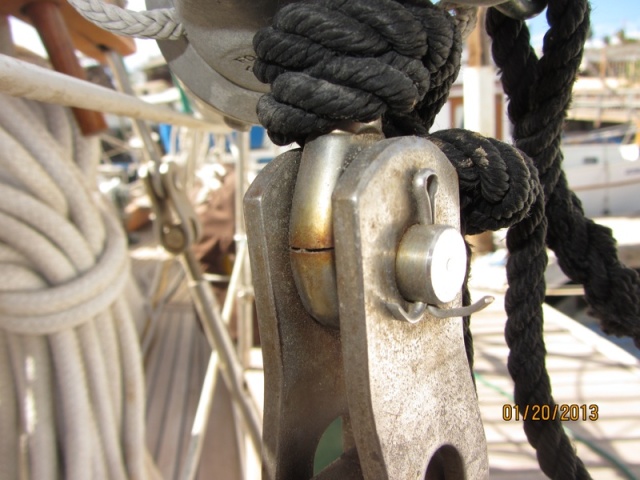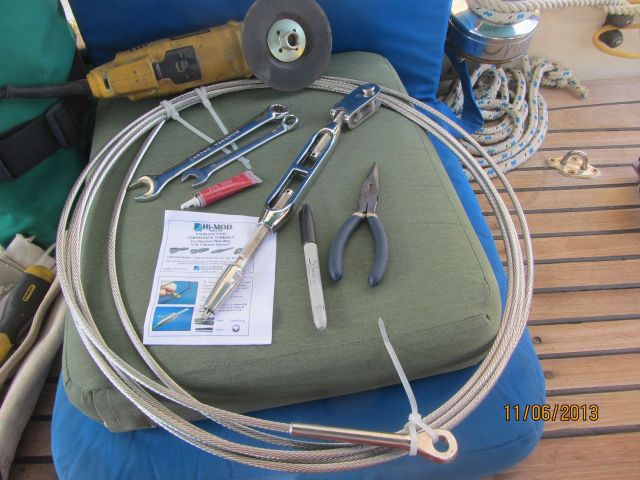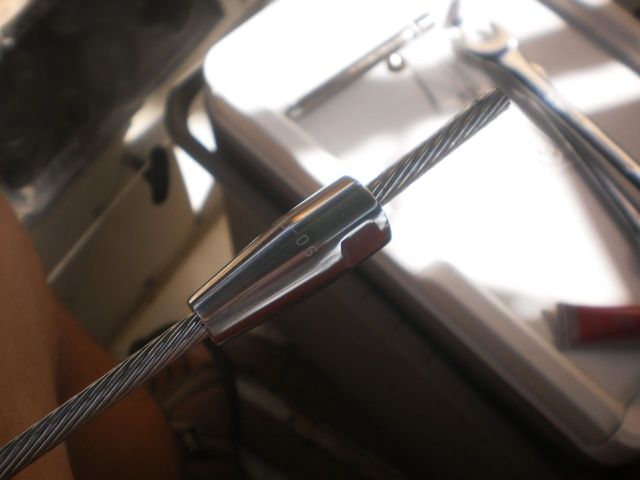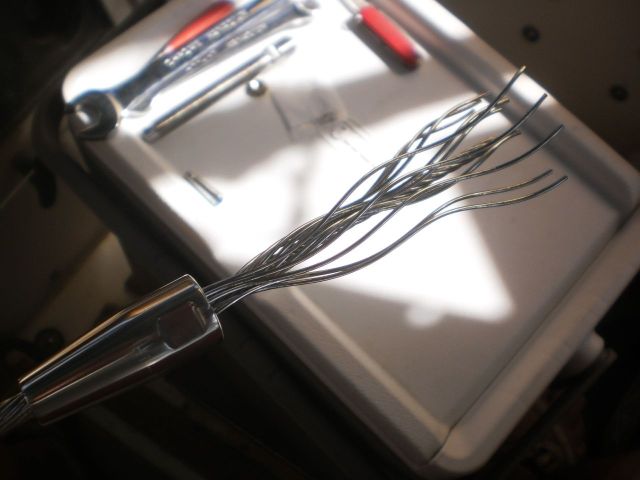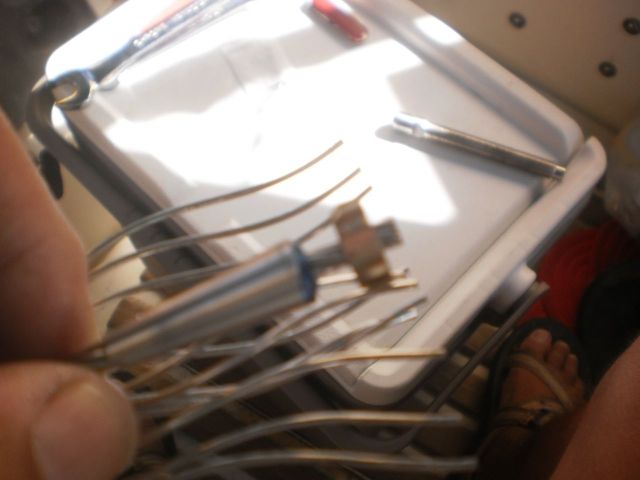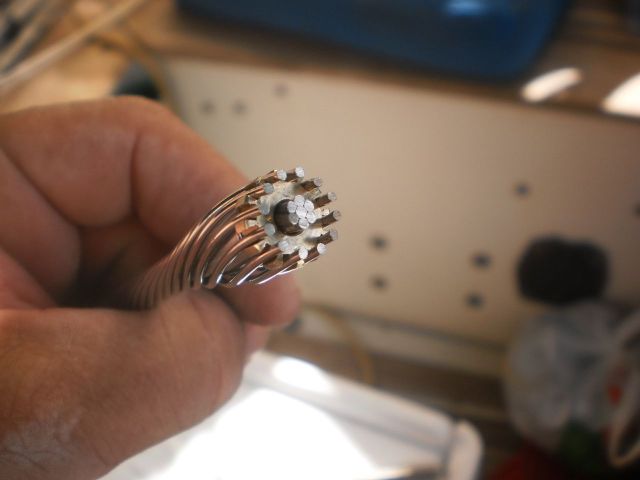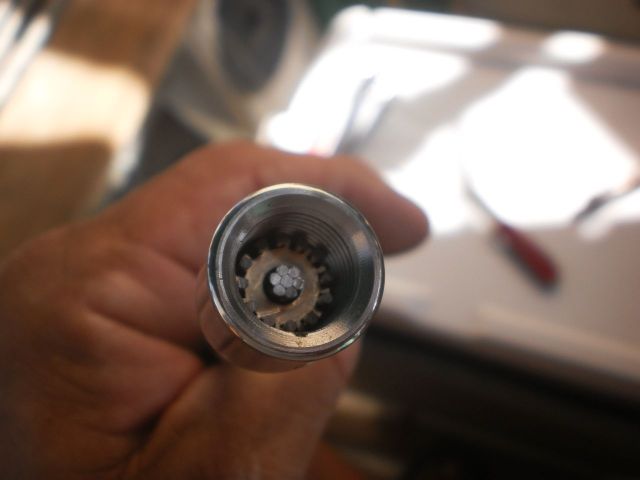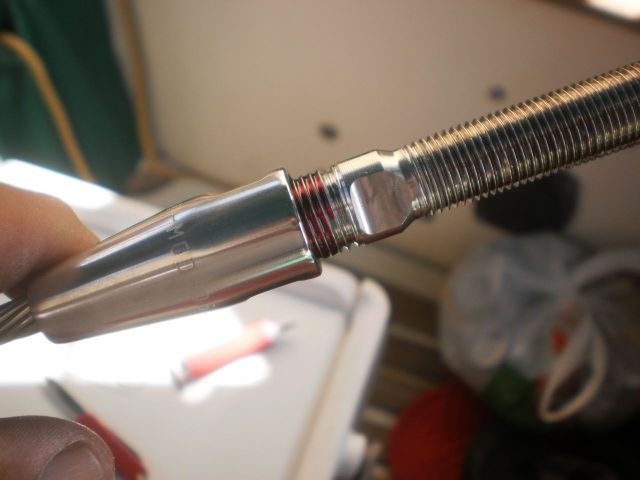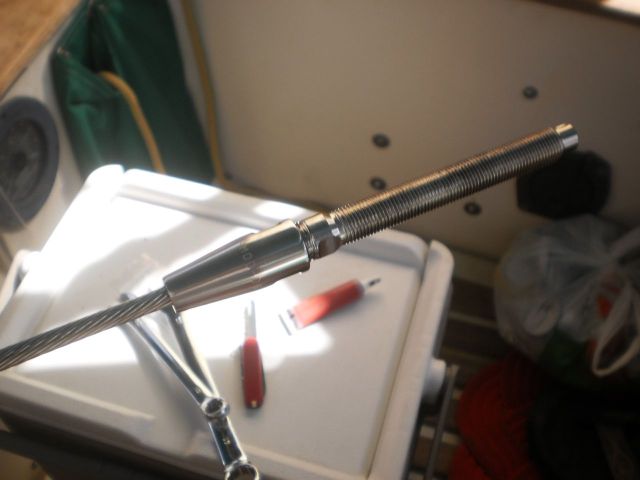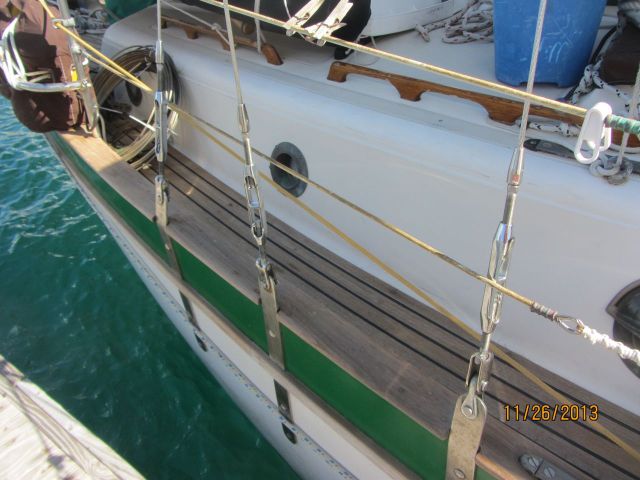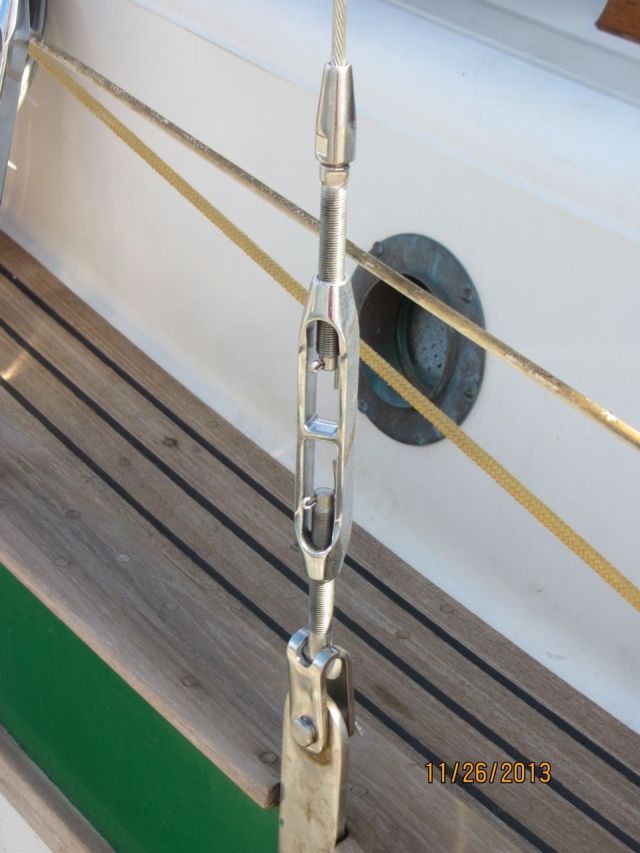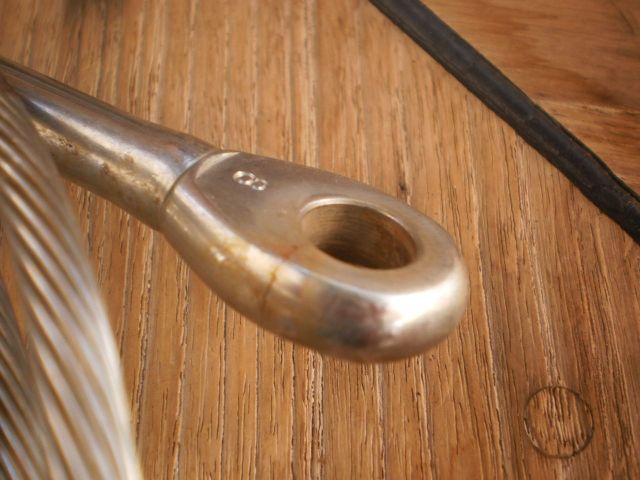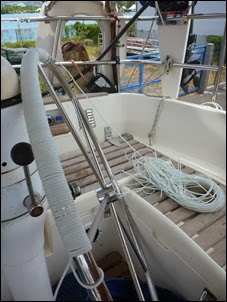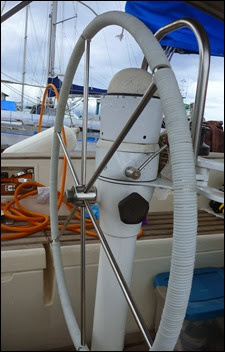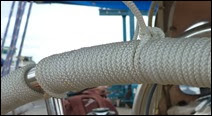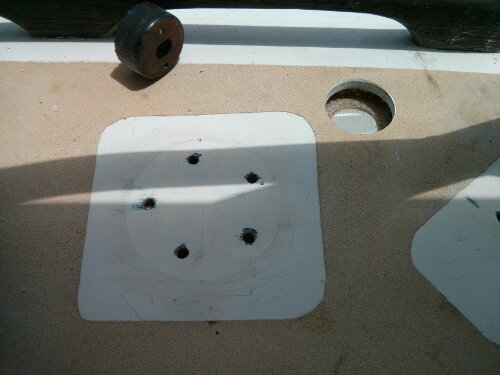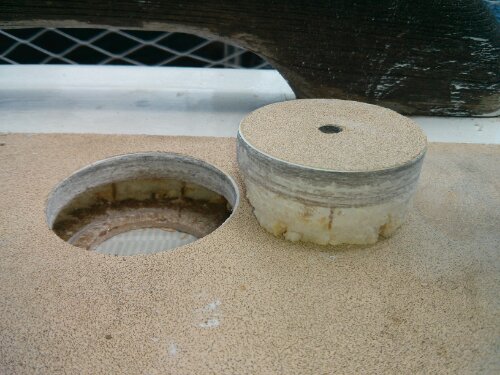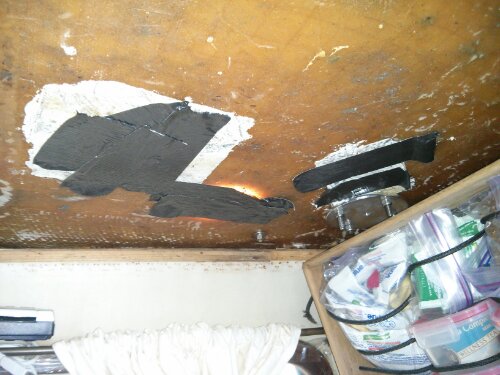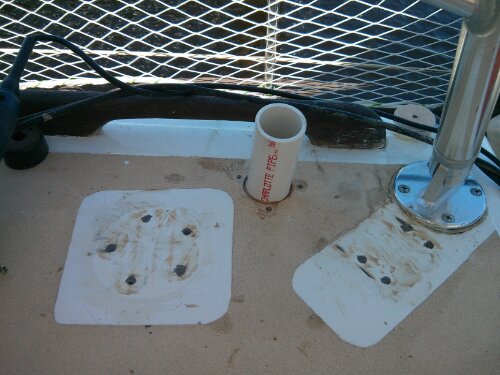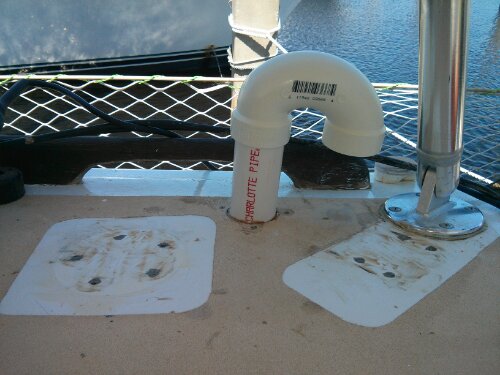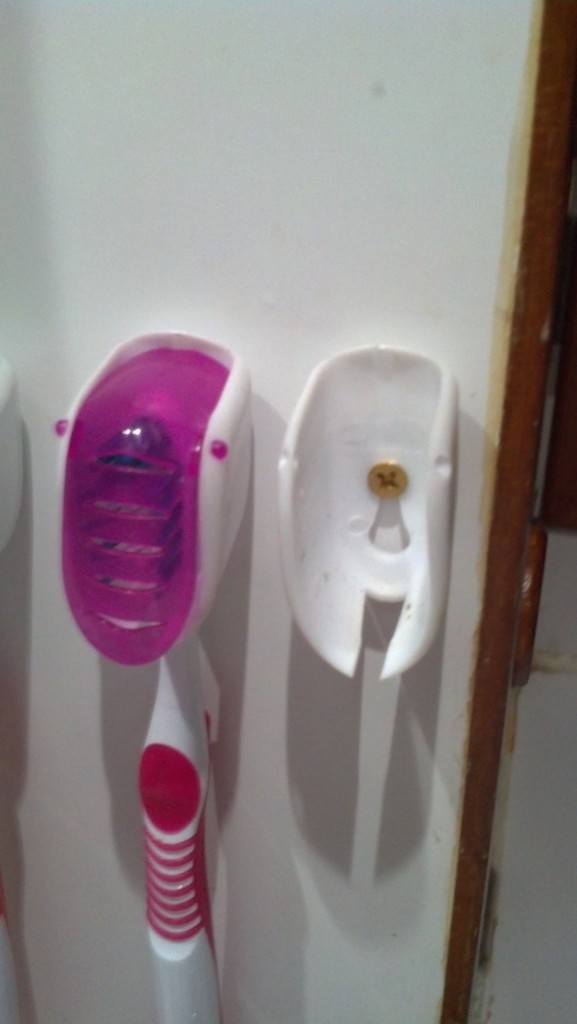 |
| (I wonder how many folks ended up here because they were looking for some Star Wars© related toy) |
- Zip ties,
- Tie-wraps,
- Wire ties,
- Cable ties,
- Nylon ties,
- Panduits (if you work for the Boeing company)...
Whatever you call them - they're all the same thing. And I know you have them on board - every boat does. In fact you probably have a stash of them, ready to hand. They are so handy that they get used for everything. They're probably right there next to your duct tape.
That's where this tool comes in - it can pull the ties a lot tighter than you can by hand, and it cuts them off almost flush with the retainer/ratchet gizmo. The little red knob is an adjustment for the tension that is applied - the tool is strong enough to break the smaller wire tires if the tension is all the way up.
- http://www.uline.com/Product/Detail/H-241/Cable-Tie-Guns-Mounts/Economy-Cable-Tie-Gun, $16. This looks like mine, but I'm sure I paid less than this
- http://www.amazon.com/Eastwood-Professional-Cable-Wire-Tie/dp/B006ISG5M0/ref=pd_sim_sbs_auto_1, $14.99. This one looks like a better tool than mine
- http://www.amazon.com/Electra-Force-89605-Automotive-Tension-Settings/dp/B002CWPYBO/ref=pd_sim_sbs_auto_4, $6.95
